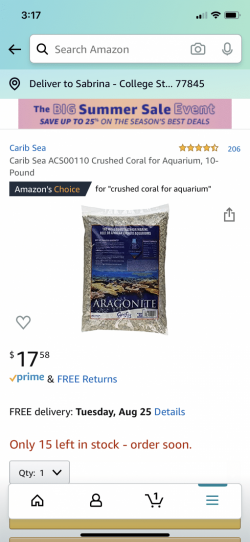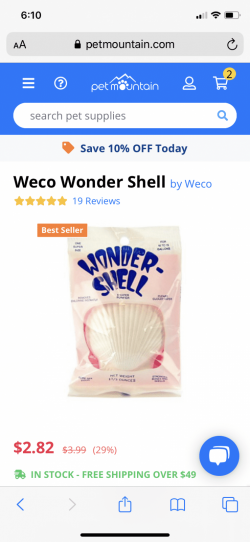SABWARNER16
Fish Crazy
I have a 29 gallon tank with 6 danio, one mollie (two died), 2 platies, 15 ghost shrimp and 3 snails. Our tap is very soft and ph is 8.2. They’re showing signs of distress (shimmies off and on) and I’ve learned from here that I need to harden the water. I was recommended by someone on here to do crushed coral but before I spend the money on that, is there anything else I can try like a calcium supplement?
also if I try coral, is the attached picture one that would work?
None of my LFS have the GH/KH test kit in stock so I’m waiting for it to get here on Monday.
tank is cycled. Just tested again: ammonia 0, nitrite 0, nitrate ~5
also if I try coral, is the attached picture one that would work?
None of my LFS have the GH/KH test kit in stock so I’m waiting for it to get here on Monday.
tank is cycled. Just tested again: ammonia 0, nitrite 0, nitrate ~5




